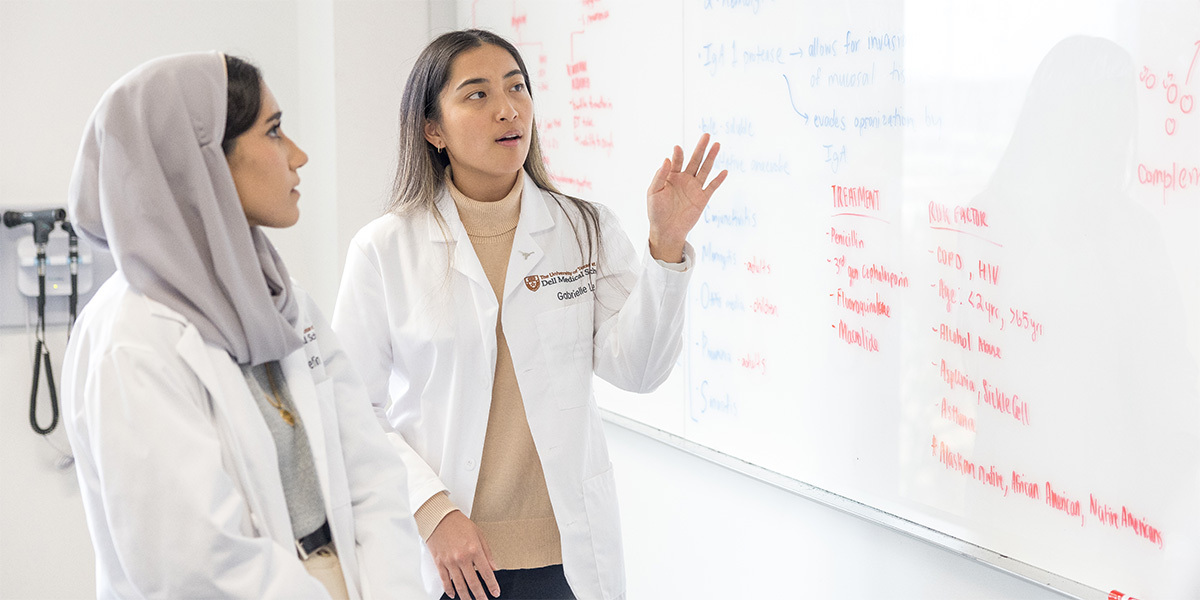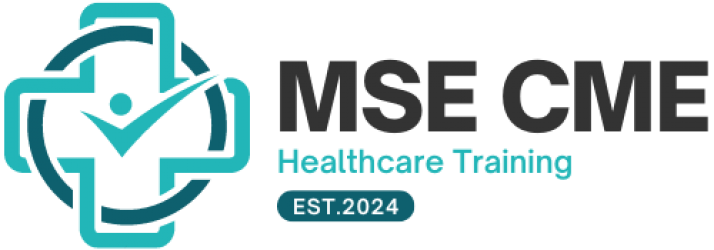
Continuing Medical Education (CME): Investing in Lifelong Learning
Continuing Medical Education (CME) plays a pivotal role in the ever-evolving landscape of the medical field. As healthcare professionals strive to provide optimal care to patients, staying updated with the latest advancements and best practices becomes imperative. This article delves into the significance of CME, its various types, accreditation processes, benefits, challenges, strategies to overcome obstacles, and future trends.
Importance of CME in the Medical Field
Enhancing Professional Competence
CME ensures that healthcare professionals maintain and enhance their clinical knowledge and skills. Through participation in CME activities, practitioners stay abreast of new treatment modalities, diagnostic techniques, and guidelines, ultimately improving the quality of patient care.
Keeping Up with Advancements
In today’s fast-paced medical environment, new discoveries and technologies emerge continuously. CME provides healthcare professionals with the opportunity to stay updated on these advancements, enabling them to adopt evidence-based practices and deliver cutting-edge care.
Types of Continuing Medical Education Programs
Conferences and Workshops
Conferences and workshops offer interactive learning experiences, allowing participants to engage with experts in their respective fields. These events cover a wide range of topics, from medical breakthroughs to practical clinical skills, fostering professional growth and networking opportunities.
Online Courses and Webinars
With the proliferation of online platforms, healthcare professionals can access CME courses and webinars conveniently from anywhere with an internet connection. These digital resources cater to diverse learning preferences and enable individuals to earn credits at their own pace.
Medical Journals and Publications
Medical journals and publications serve as valuable sources of CME content. Peer-reviewed articles and research papers disseminate the latest findings and developments in various medical specialties, empowering practitioners to integrate evidence-based practices into their clinical decision-making.
Accreditation and Certification
Accrediting Bodies
Accrediting bodies, such as the Accreditation Council for Continuing Medical Education (ACCME) in the United States, ensure the quality and relevance of CME activities. Healthcare organizations and educational institutions must adhere to accreditation standards to offer certified programs.
Requirements for Certification
To obtain CME credits, healthcare professionals must fulfill specific requirements set forth by accrediting bodies. These may include completing a certain number of hours of educational activities, passing assessments, and documenting participation in accredited programs.
Benefits of Continuing Medical Education

Improving Patient Care
Continuing education empowers healthcare professionals to provide evidence-based, patient-centered care. By staying informed about advancements in diagnosis, treatment, and prevention, practitioners can optimize outcomes and enhance the overall patient experience.
Career Advancement Opportunities
Participation in CME demonstrates a commitment to lifelong learning and professional development, which can enhance career prospects and open doors to new opportunities. Employers and professional organizations often value CME engagement when making hiring and promotion decisions.
Networking and Collaboration
CME activities facilitate networking and collaboration among healthcare professionals from diverse backgrounds and specialties. Interacting with peers and experts fosters knowledge sharing, interdisciplinary collaboration, and the exchange of best practices, enriching the learning experience.
Challenges in Continuing Medical Education
Time Constraints
Busy schedules and demanding workloads pose challenges for healthcare professionals seeking to allocate time for CME activities. Balancing clinical responsibilities with educational pursuits requires effective time management and prioritization.
Cost of Participation
Participation in some CME activities may incur expenses related to registration fees, travel, and accommodation. Financial constraints can deter healthcare professionals, particularly those in resource-limited settings, from accessing high-quality educational opportunities.
Accessibility Issues
Geographic barriers and limited access to educational resources can hinder participation in CME, especially for healthcare professionals in remote or underserved areas. Addressing these accessibility issues requires innovative solutions and equitable distribution of educational resources.
Strategies to Overcome Challenges
Prioritizing CME Activities
Healthcare professionals can prioritize CME activities based on their relevance to clinical practice and career goals. By identifying areas for professional growth and focusing on high-impact learning opportunities, individuals can maximize the value of their educational investments.
Seeking Financial Assistance
Seeking financial assistance through employer-sponsored programs, scholarships, or grants can help offset the costs associated with CME participation. Healthcare organizations and professional associations may offer funding support to facilitate continuing education for their members.
Utilizing Online Resources
Online platforms and digital repositories provide a wealth of CME resources that are accessible at no cost or at a minimal fee. Leveraging these online resources allows healthcare professionals to overcome geographic barriers and access quality education from anywhere.
Future Trends in Continuing Medical Education

Integration of Technology
Advancements in technology, such as virtual reality simulations and artificial intelligence-driven learning platforms, are revolutionizing the delivery of CME. These innovative tools enhance engagement, interactivity, and personalized learning experiences for healthcare professionals.
Personalized Learning Experiences
Tailoring CME content to individual learning needs and preferences enhances engagement and knowledge retention. Adaptive learning algorithms and personalized curricula enable practitioners to focus on areas where they need the most support, optimizing the effectiveness of educational interventions.
Global Collaboration
CME is increasingly embracing a collaborative and global approach, transcending geographic boundaries and cultural barriers. International partnerships and cross-disciplinary initiatives facilitate knowledge exchange, cultural competency development, and the dissemination of best practices on a global scale.
Collaborative Research Initiatives
Global collaboration in CME fosters collaborative research initiatives that transcend geographical boundaries and cultural differences. Healthcare professionals from different countries and regions come together to conduct research, share data, and collaborate on studies that address common healthcare challenges and advance medical knowledge.
Cross-Cultural Training Programs
Cross-cultural training programs in CME promote cultural competency and sensitivity among healthcare professionals. These programs aim to enhance understanding of diverse cultural practices, beliefs, and healthcare systems, enabling practitioners to provide culturally responsive care to patients from various backgrounds.
International Exchange Programs
International exchange programs facilitate knowledge exchange and professional development opportunities for healthcare professionals. Through exchange programs, practitioners have the chance to immerse themselves in different healthcare settings, gain insights into global health issues, and learn from international counterparts.
Conclusion
Continuing Medical Education (CME) is essential for healthcare professionals to maintain competence, adapt to advancements, and deliver high-quality patient care. Despite challenges such as time constraints and cost, the benefits of CME are undeniable, including improved patient outcomes, career advancement opportunities, and professional networking. By leveraging innovative strategies and embracing future trends, healthcare professionals can overcome obstacles and embrace lifelong learning as a cornerstone of their practice.
